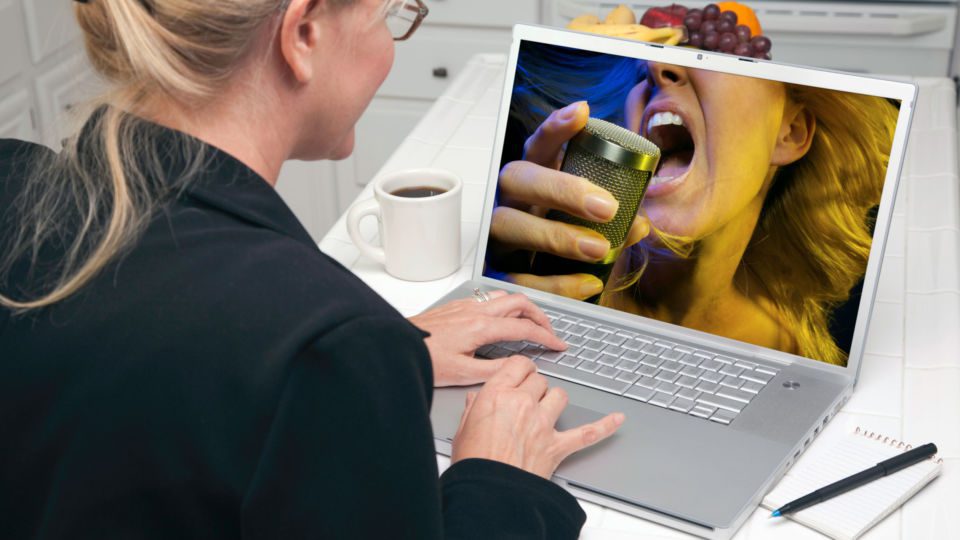It should come as no surprise that COVID-19 and the accompanying social distancing guidelines have changed how people shop — but that doesn’t mean retailers’ marketing efforts should go dormant. Some categories are far better positioned to handle this environment than others, but every retailer can take steps to maintain and even build loyalty during these difficult times.
The most popular items are unsurprising: 78.8% of shoppers are most interested in food, followed by 42.5% interested in health and wellness products and 35% interested in household cleaning supplies, according to survey of shoppers in the U.S., Canada and the UK by Yotpo.
Additionally, a survey by the American Association of Advertising Agencies (4A’s) charts some of the ways overall shopping habits have shifted:
- 49% of consumers are not going out to eat (though 27% are ordering delivery and/or takeout);
- 44% are not comfortable going outside for non-essential items; and
- 37% are buying items online, but not going in-store.
Yotpo’s own research uncovered similar results, finding that 43.2% of respondents plan to do more of their shopping online and 31.7% are shifting to e-Commerce completely.
“Different people usually have different personas, but now everyone is taking on the same persona as a buyer,” said Raj Nijjer, VP of Marketing at Yotpo in an interview with Retail Touchpoints. “We’re all working from home, we’re all shopping online and we’re all looking for the stuff we need to survive and thrive. We’ve all become part of the same homogenous group.”
New Living Conditions Make Room For New Messages
COVID-19’s greatest impact on retail comes from social distancing, which the vast majority of consumers are currently practicing: just 15% say their daily routine has not been disrupted by coronavirus, according to 4A’s. As of March 25, the average distance traveled by U.S. shoppers was down 40% compared to the norm, according to data from Unacast.
While this is putting pressure on retailers that sell non-essential items, some e-Commerce merchants can actually use the situation to their advantage. The proliferation of online sales is a lot for even Amazon to handle; Yotpo found that 32.8% of shoppers couldn’t get everything they needed, while 32.3% couldn’t get anything they needed during their visits to the e-Commerce giant.
As a result, 40.6% of consumers will turn to a less familiar brand to help meet their needs if the item they seek is out of stock at their preferred retailer, while 16.5% will go directly to the manufacturer’s web site. These trends are driving more interest towards manufacturers and niche retailers in general, and companies that offer genuine messaging can prepare themselves to reap the benefits.
“If you are a DTC manufacturer of office chairs, suddenly you have this amazing opportunity to get in front of a group that is stuck working from home,” said Nijjer. “There are a lot of different ways you can activate this group of customers. You want to be comfortable at the end of the day — no one wants to sit on their floor and work — so how do you offer an experience online that makes them feel like part of a community, but also makes them want to buy that stand-up desk?”
Many retailers are reaching out to interact with their (often bored) audience, and it’s paying off. Yotpo found that 35.7% of shoppers say they are paying more attention to brand marketing across email, SMS, social ads and other mediums — making this the perfect time to build relationships.
Even companies in verticals that are suffering the most from social distancing can use this time to build interest for the future, such as fashion retailers showing off their upcoming summer collections. Levi’s in particular is helping shoppers escape the blandness of isolation by hosting daily online concerts, to simultaneously build loyalty and raise money for charities.
“Their goal is not just to sell you something now, but to keep you engaged,” said Nijjer. “When this is over — and it will be eventually — they want you to be ready to stock up for summer. It could also take the form of throwback messaging, where you remind people of the good times that will be coming back at some point.”
COVID-19 Messaging Gets Views, But Don’t Overdo It
Cleanliness is a winning message for essential brick-and-mortar retailers eager to drive shoppers to their stores: 51.9% of shoppers aged 65 or older found increased cleaning of facilities to be important, according to 4A’s. That number decreases across younger demographics, falling to 32.7% among the 18 to 24 age bracket, but it remains important to a sizable portion of all consumers.
Additionally, more than half (56%) of shoppers like to hear about brands taking actions to help out their communities, such as through the donation of goods and services, according to 4A’s. They also want to know that retailers are treating their own employees well by offering paid time off to those who can’t work. Interest in this issue peaks at 62.5% among 18 to 24-year-olds and gradually declines to a still significant 40.7% among those age 65 and older.
“We believe marketers should use this time to double down on their customer relationships and think about the long-term,” said a 4A’s spokesperson in an interview with Retail TouchPoints. “Brands that are getting this right are finding ways to bring people together and show how they can support the greater good during times of crisis. We also do advise that retailers should be segmenting their COVID-19 messaging based on demographics as we’re finding many differences in attitudes and behaviors.”
However, while most consumers are paying attention to the COVID-19 outbreak, retailers shouldn’t go overboard with this messaging: a plurality (48.4%) of consumers are only “somewhat” or “slightly” concerned, compared to the 36.9% who are “very” or “extremely” concerned, according to a survey by PYMENTS.com. Shoppers may be happy to hear about how retailers are working to keep them safe, but sometimes a standard message is the best approach.
“It’s okay that you’re not in the conversation,” said Nijjer. “Unless it’s something that makes people feel good, I think it’s okay if some brands don’t worry about sending a COVID-19 email.”













